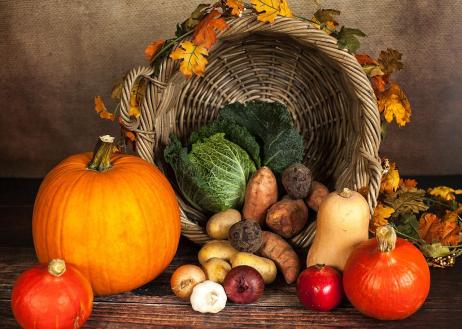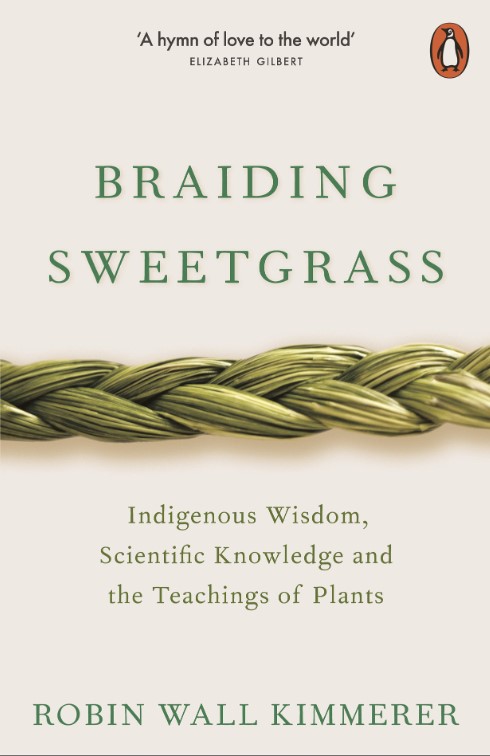Jane Goodall has already said, “Robin Wall Kimmerer has written an extraordinary book, showing how the factual, objective approach of science can be enriched by the ancient knowledge of the indigenous people”
That’s probably enough already, however, it would feel strange not to comment on a book that spoke to me on so many different levels, making me relive my childhood while also flexing my scientific brain, and enjoying the beautiful prose.
I grew up with much to be grateful for. I was fed by my father’s garden and local farms, and spent my childhood with animal friends domestic and wild. From the age of four, I spent hours outside each day — I’d follow my cat into the forest and watch him hunt, or dabble in the stream, or watch snail mouths munching the edge of leaves (super-cute, in case you haven’t), smelling the wild garlic beside the forest paths, picking mushrooms with my grandmother, gorging on wild blackberries, or my father’s apples, plums, peas and mint. I’d play with the strange, translucent honesty seed pods from my mother’s flower bed, or lie on my belly on the warm clay, watching ants, ladybirds and woodlice, who were all part of my family. I ran in the wind, basked in the sun, rolled on the grass, was comforted by rocks, rain and waterfalls, and trees who felt like friends.
Later, when I studied science at school and college, more intricacies of the internal and communal workings of all the other creatures started to open up to me, and the forces and pressures that shape and steer the landscape around me. I went adventuring, into the sea, up and down hills, or roaming through local forests or beside hedgerows. Enjoying the company of the natural world, and the sensations of the weather, while also studying how it all works; intoxicating.
This book speaks to all the different parts of my experiences; the learning and knowledge of the natural world, the experience of growing up surrounded by plants and animals, the spiritual and personal connection with nature, and the deep desire to protect our environment, to preserve our beautiful world for our equally beautiful children.
Kimmerer speaks of family life, ancestral legacy and history, biology, and ecology, with beautiful, evocative descriptions of North American cedar, maple, corn, squash, beans (+ many others!), and lakeside, including on all levels, at every turn, the gratitude, respect and friendship enjoyed by the indigenous people, before and — despite everything — throughout the age of industrialisation.
Three sisters. Together these plants — corn, beans and squash — feed the people
It’s heartrending to hear how the plants and animals that sustain us were built into the daily lives and folklore of a people whose sustainable and magical culture was cruelly treated, and warming to know that at least some of the culture survived to be heard and acknowledged today.
It’s not often that scientists are able to weave their technical knowledge in with a heartfelt, soul-deep love of nature, to describe intricately how plants work while also keeping them familiar to us, as they shelter us on the hills, or lie on our kitchen table, waiting to be part of our family meals, part of our selves.
This is a scientific explanation, a nostalgic foray into history, a recipe book, a gardening book, a walk with our grandparents into the wild, a spiritual reminder of our togetherness and community, and a step forward with our children into something beautiful and hopeful. Scientific knowledge is woven with gratitude for the plentiful gifts that we enjoy from the natural world, and a confirmation of our place in it. To read it is to smell the earth after rain, to bite into an apple and give thanks, to reach out to one another and share what we have before us, and to love the world we live in.
It’s simple, it’s everything – and it’s for everyone.


